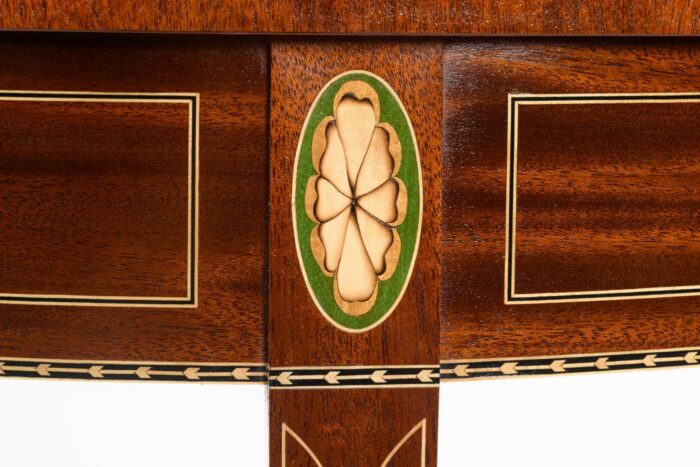
Asked to describe himself, Steve Latta might say, “I represent the makers, the artisans, the craftsmen of our field. I’m a guy that worked really, really hard to gain mastery of an age-old skill in an era of automation.”

 His recent Baltimore card table in mahogany—with veneers including Carpathian burl, crotch walnut, plum pudding mahogany, imbuia, and Australian silky walnut—clearly embodies expertise that’s decades deep, and it reveals an eye for the finest expressions of the Federal style. But it also reflects a bit of restlessness, an ambition to reach beyond the realm of pure reproduction.
His recent Baltimore card table in mahogany—with veneers including Carpathian burl, crotch walnut, plum pudding mahogany, imbuia, and Australian silky walnut—clearly embodies expertise that’s decades deep, and it reveals an eye for the finest expressions of the Federal style. But it also reflects a bit of restlessness, an ambition to reach beyond the realm of pure reproduction.
After 40 years building mostly period furniture, Latta has been making a transition toward creating pieces that retain traditional forms but add a contemporary charge. Having nearly completed this table while hewing closely to period antecedents, he was happy with the base and the open top, but he didn’t think the closed top was of the same caliber; it seemed too simple. “I wanted this to be an exceptional table,” he said, “so I took a chance and added holly lotuses.” The lotus design was unorthodox in itself, and he arranged the flowers irregularly in the sunburst field. The longtime artisan sought a hand in the art: “I wanted to give the typical Federal symmetry a little bit of a kick.” —Jonathan Binzen


Basic Stringing Techniques

Advanced Stringing Techniques: Part I

Advanced Stringing Techniques: Part II
Sign up for eletters today and get the latest techniques and how-to from Fine Woodworking, plus special offers.
